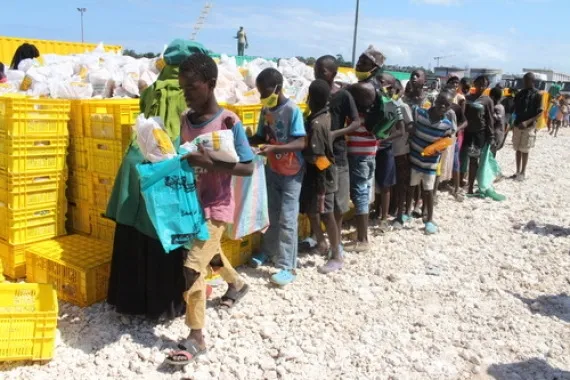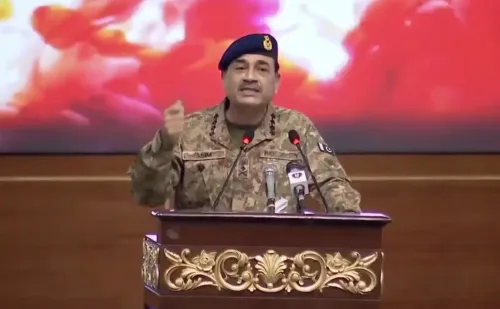Report Reveals 1.8 Million Kenyans Require Humanitarian Aid

Nairobi, Dec 20 (NationPress) The count of individuals requiring humanitarian aid in Kenya reached 1.8 million this December, as reported by the National Drought Management Authority (NDMA) on Friday.
According to a report released in the capital, Nairobi, the NDMA highlighted that this number has surged from one million in July, largely due to an ongoing drought phase affecting 23 arid and semi-arid regions in this East African country.
Acute malnutrition is also a significant concern, with 479,498 children aged between six and 59 months and 110,169 pregnant and breastfeeding mothers identified as currently suffering from acute malnutrition and needing treatment, the NDMA stated.
The agency remarked that approximately 39 percent of the arid counties have reported a nutritional crisis worse than usual for this time of year, attributed to a reduction in outreach activities providing essential nutrition services and elevated morbidity rates.
Regions experiencing malnutrition include Baringo, Turkana, Kitui, Laikipia, Lamu, Makueni, and West Pokot, as reported by Xinhua.
Earlier, a report from the Food and Agriculture Organization of the United Nations and the Intergovernmental Authority on Development revealed that 64.8 million individuals in the Horn of Africa faced food insecurity as of November, primarily due to climate-induced shocks.
Last month, the World Food Programme (WFP) stated it requires $137.6 million in net funding to assist one million food-insecure Kenyans over the next six months.
The WFP anticipates that the number of acutely food-insecure Kenyans, mainly in arid and semi-arid lands (ASALs), will rise from one million to 1.8 million by January 2025 due to expected La Nina conditions.
More than 900,000 children aged six to 59 months, along with pregnant and breastfeeding women and girls, require nutritional support, with high malnutrition rates particularly concentrated in ASAL counties, particularly in northern Kenya.
The WFP is working alongside the UN refugee agency UNHCR and Kenya's Department of Refugee Services to create a differentiated assistance model that caters to the unique requirements of refugee and asylum-seeking households.
Moving away from a traditional one-size-fits-all model, this new approach will classify refugees based on their vulnerability and ability to meet basic needs, according to the WFP's latest report.
Under this model, the most vulnerable refugees will receive comprehensive humanitarian support, while others will gain access to targeted aid, such as livelihood programs, skill training, and economic resources. This strategy encourages equitable resource distribution, long-term sustainability, and self-reliance for refugee populations, the WFP added.
This appeal comes as the WFP grapples with persistent funding shortages that have led to a 40 percent reduction in food rations and a temporary suspension of cash transfers for 580,000 refugees in the Dadaab and Kakuma camps in northern Kenya since May, as stated by the WFP.
The UN agency has collected data and interacted with refugee communities to inform the categorization and profiling of households for differentiated assistance, emphasizing that this significant shift in delivering humanitarian and development services to refugees in Kenya necessitates a structured and inclusive process, in line with the do no harm principle.










